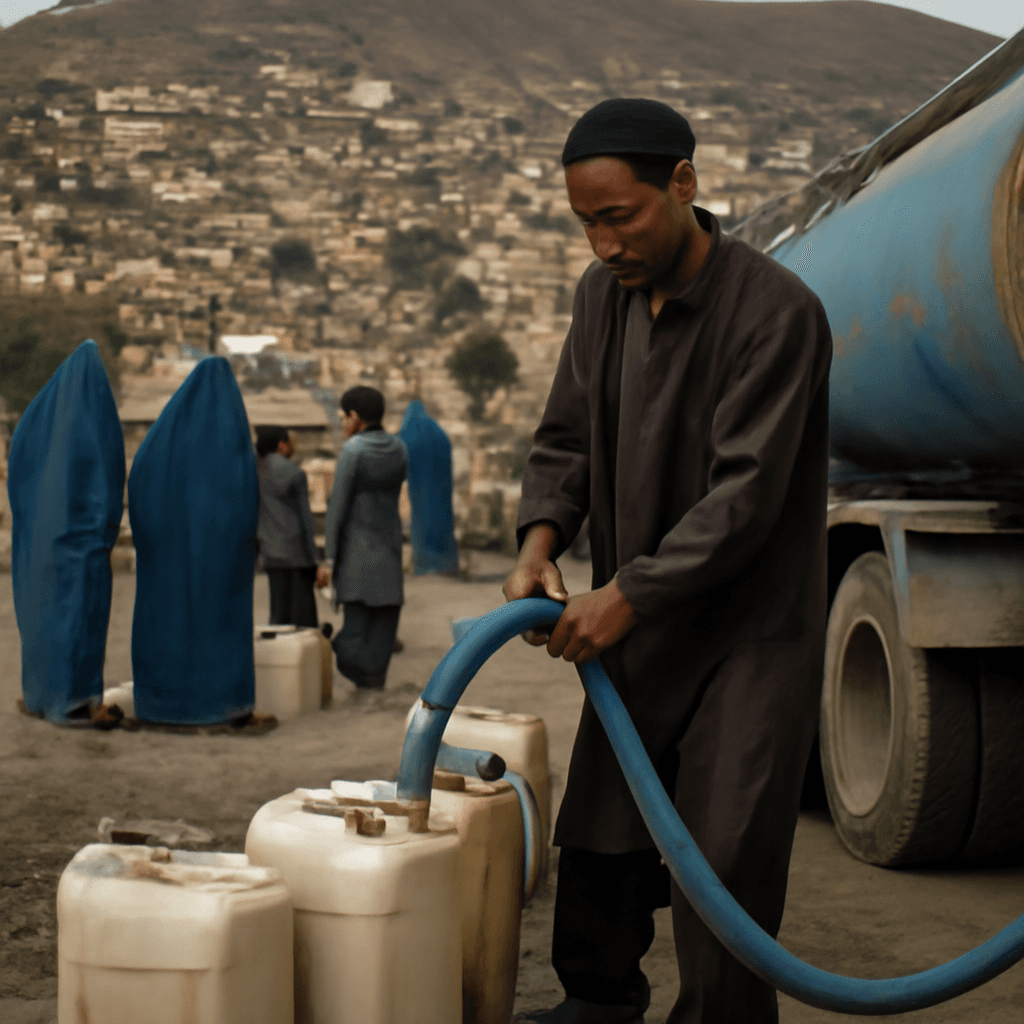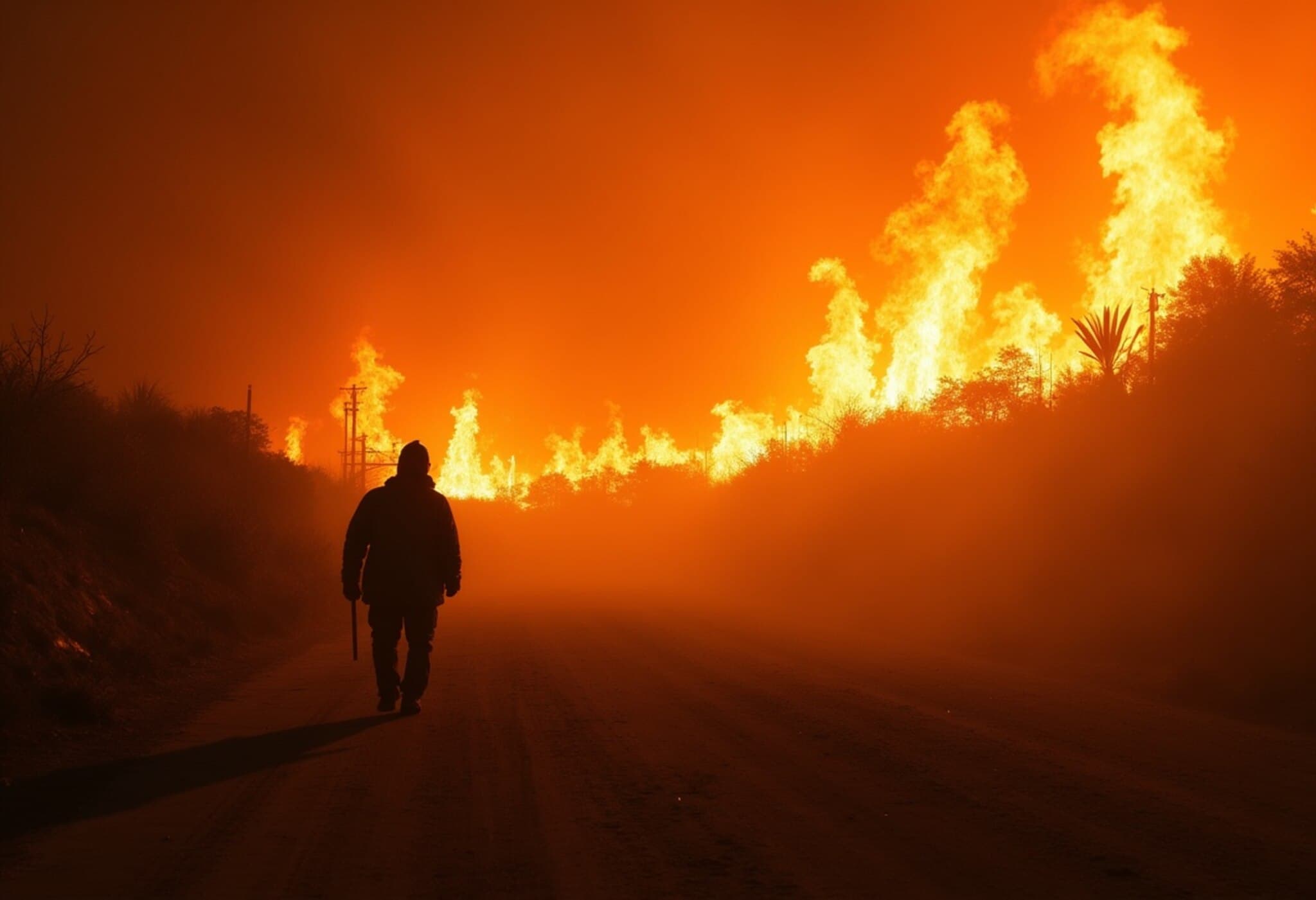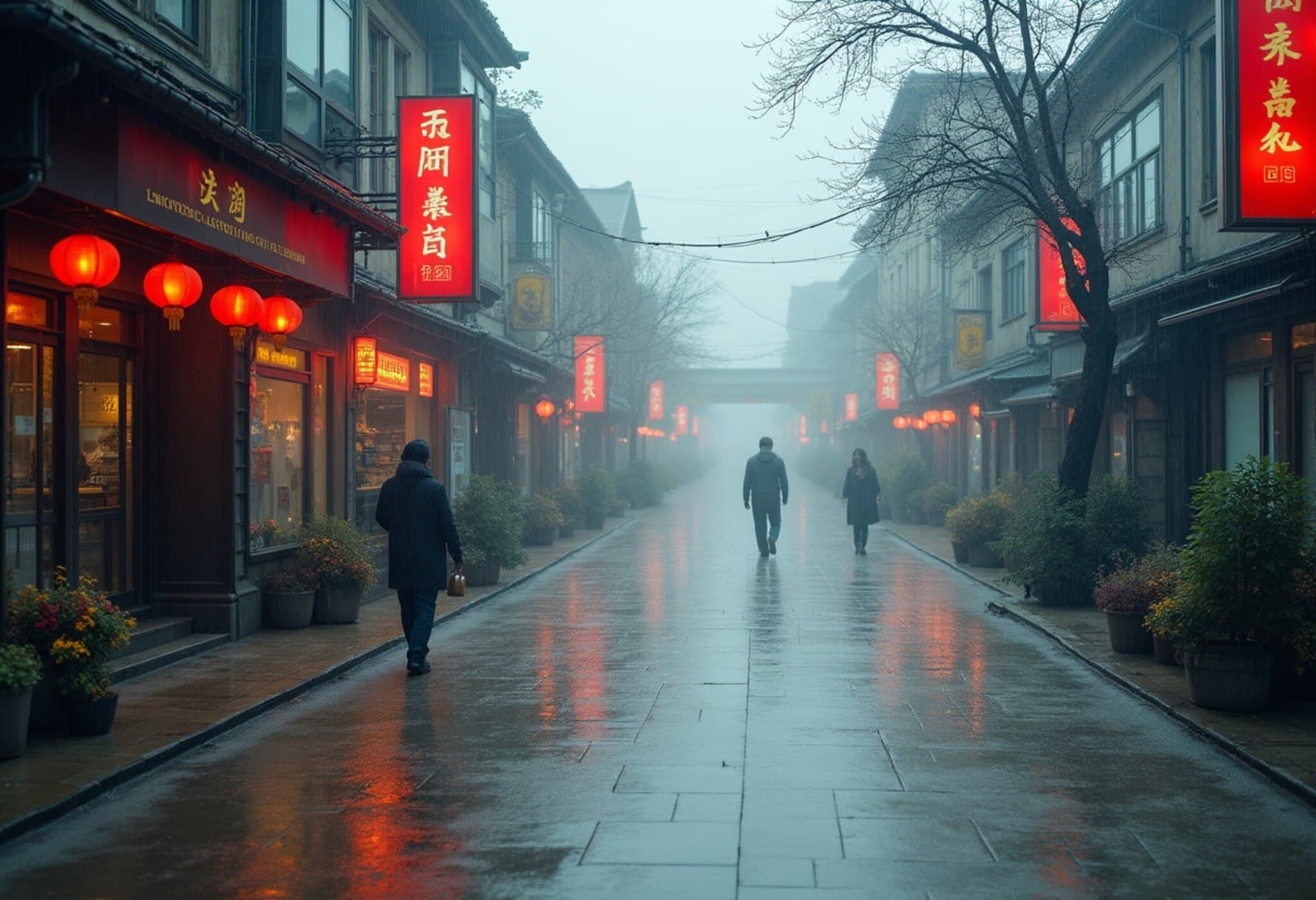Scorching Early Heatwave Sends Students Searching for Cool Refuge Across Eastern China
As an intense heatwave ravages eastern China, students are abandoning their overheated dormitories to find respite in unconventional places—shopping malls, air-conditioned corridors, and even libraries. With temperatures soaring past 40°C (104°F), the sweltering conditions have disrupted daily life, exposing vulnerabilities in campus infrastructure and raising urgent questions about preparedness in the face of climate change.
Unseasonal Heatwave Catches Residents Off Guard
Known locally as the snafu season, summer in China regularly brings high temperatures. This year, however, the heat arrived unusually early and with exceptional intensity. Cities like Qingdao in Shandong Province have recorded temperatures as high as 40.5°C, flirting with historic all-time highs. Local authorities have issued warnings anticipating even higher temperatures, deepening concerns over public health and safety.
Students’ Struggle: From Dormitories to Supermarkets and Hotels
The blistering heat has led students to seek refuge in places offering reliable air conditioning. Many have opted to sleep overnight in supermarkets or university libraries while others book hotel rooms, despite the family-level expense. One 20-year-old student from Changchun revealed to the BBC the dilemma: "We sometimes stay in hotels just to use the air conditioning, but it’s a huge financial burden for us." On less severe days, students resort to makeshift cooling methods, such as placing ice in front of fans to create a rudimentary air cooler.
Some universities have responded by permitting overnight stays in air-conditioned libraries or hallways, providing temporary relief while planning for long-term infrastructure upgrades. For example, Shandong’s Qingdao University and Yantai Nanshan University have announced plans to install air conditioning in dormitories, a move welcomed by students but insufficient to tackle immediate needs.
Human Toll: Dormitory Guard’s Tragic Death and Heatstroke Incidents
The heatwave’s severity has had sobering consequences. A dormitory guard, affectionately called the dormitory "uncle" by students, was found dead in his room at Qingdao University. His passing has left a poignant void on campus, particularly among the stray cats he cared for. Simultaneously, a student was hospitalized due to heatstroke, highlighting the dangers posed by extreme heat.
These incidents have cast a harsh light on the living and working conditions for campus staff and students alike, sparking calls for better heat mitigation and improved health safeguards within campuses.
Impact on Energy Demand and Climate Change Links
Unsurprisingly, the relentless heat has pushed electricity demand to unprecedented heights. China’s nationwide power consumption surged to a record 1.47 billion kilowatts, primarily driven by air conditioner use in eastern regions, which accounts for over a third of the total demand. This strain on the electrical grid raises pressing concerns about energy sustainability and infrastructure resilience during extreme weather events.
Experts attribute the increasing frequency and intensity of such heatwaves to global climate change. A 2023 Lancet report highlighted that heat-related deaths in China reached an alarming estimate of 50,900 in 2022 alone. Recent years have recorded unprecedented temperatures—for instance, Xinjiang hit a sweltering 52.5°C in 2023, marking China's highest ever recorded temperature.
Looking Ahead: The Urgency of Adaptation and Preparedness
This early and severe heatwave serves as a stark reminder of the urgent need to strengthen climate resilience in China’s urban and educational environments. Upgrading infrastructure, expanding access to cooling systems, and ensuring the wellbeing of vulnerable populations—especially students and staff—are critical steps policymakers must prioritize.
Moreover, the human stories behind the statistics, like the dormitory "uncle" who served a caring role beyond his job, put a face on the risks posed by extreme heat, emphasizing that climate change impacts reverberate through every layer of society.
Editor’s Note
The unfolding heat crisis in eastern China is more than a seasonal annoyance—it’s a warning of mounting challenges posed by climate change. Beyond infrastructure upgrades, there’s an imperative to address social equity in climate adaptation, ensuring students and campus workers aren't forced into perilous conditions. Moving forward, how can educational institutions balance operational costs with humane living conditions? How might China’s energy policies evolve to sustainably meet soaring cooling demands? These questions beckon urgent attention as heatwaves grow fiercer and more frequent.



















